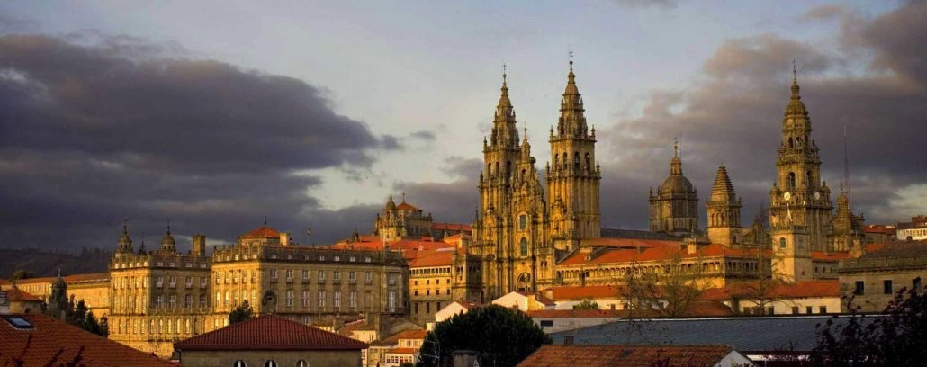Speaker
Description
Cluster structures in $\alpha$ conjugate systems with a particle hole have been observed in many nuclei. Our work studies $^{19}$Ne and $^{19}$F, which are $5\alpha$ systems with a neutron or a proton hole, by using direct reaction experiments. As a pair of mirror nuclei, $^{19}$Ne and $^{19}$F have many similar properties, which gives a motivation to study them at the same time.
$\quad\quad$Furthermore, in astrophysics, the states with cluster structures of $^{19}$Ne/$^{19}$F play crucial roles in nucleosynthesis. The $^{15}$O$(\alpha,\gamma)^{19}$Ne reaction is of significant importance in breaking away from CNO cycle and triggerring the rp-process. Besides, the $^{15}$N$(\alpha, \gamma)^{19}$F reaction is a main reaction in producing $^{19}$F in the universe. The reaction rates of them relies much on the $\alpha$ decay branching ratios of several states of $^{19}$Ne/$^{19}$F with $\alpha$ cluster structures.
$\quad\quad$Some recent theoretical works have given out the positive and negative parity rotational bands of $^{19}$Ne/$^{19}$F with the $\alpha$+$^{15}$O/$^{15}$N cluster structures. In our experiments, we used a $^{16}$O beam to bombard $^6$Li/$^7$Li targets and detected the recoiled particles and the $\alpha$ particles broken from the emerged nucleus meanwhile. Branching ratios and decay widths for the relevant states with cluster structures were given out. Spectroscopic factors were calculated to determine the cluster structures in $^{19}$Ne/$^{19}$F as well as update the reaction rates for the important reations in astrophysics.
| Topic | Experiment |
|---|

